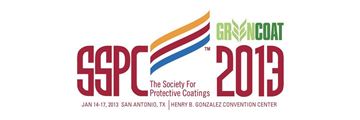Search
QP8 Certification
Also Purchased
Regulatory Update: Current and Emerging Trends in Occupational and Environmental Health
Product Number:
41213-757-SG
Publication Date:
2013
$20.00
Recent Developments in Glassflake Technology and the Use of Glassflake Coatings in Heavy Duty Coating Systems
Product Number:
41205-170-SG
Publication Date:
2005
$20.00
Quality Control and Quality Assurance: Defining the Roles and Responsibilities of the Contractor’s QC and the Owner’s QA
Product Number:
41205-177-SG
Publication Date:
2005
$20.00
Recently viewed




